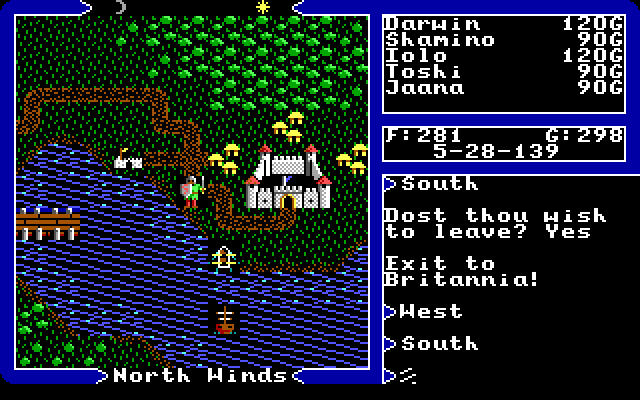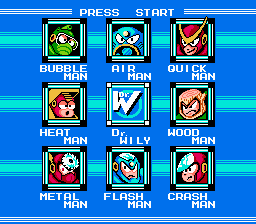I think the ideal open world games should strive for are games like Pirates, Sword of the Samurai and Covert Action. Where there's technically an objective you're striving for, but what you're really doing is just wandering around. Subtle level scaling, like Morrowind, so that trash mobs aren't completely pointless, but there are still plenty of encounters around that will absolutely wreck you if you're not prepared, and the big encounters, the really big ones, are fairly obvious to avoid when you're just starting out and don't know what you're doing. Shame nobody outside of Microprose ever really continued on that track.
I love Pirates and SotS (haven't played Covert Action) but what's great about those games is that they are
games. Not an interactive movie with a script like so many others are... just gameplay systems working together to create the desired player experience. The story takes shape from the game responding to things you do. Linear and even branching narrative tracks are so restricting in contrast, even when they are well done.
I think that's a big part of why I liked Breath of the Wild so much. They went light on scripted narrative, and instead left plenty of room for you to just play around and approach the game in a way that feels right to you.
Are you an autist who needs to complete every shrine and collect every korok seed? You can.
Want to head straight for the final boss with only 3 hearts and a stick? You can do that too.
Or you can hunt animals, catch fish, cook food, break wild horses, collect herbs and bugs, climb mountains, shield-surf, raft, hang-glide, practice parrying guardian lasers... etc etc etc
You can tell the game was built to emphasize freedom and the feeling of being on this grand adventure. And all those little elements of reactivity working together elevate the experience so much.
Edit: I meant to add, going back to the original thought. My biggest wish in gaming is that someone would take the old Pirates / SotS / Microprose formula and see what could be done with it today. The closest we have is Mount & Blade, which is great but also likely just a fraction of the formula's potential, because the developers are dumbfucks (especially true now that Bannerlord is out).


















![Glory to Codexia! [2012] Codex 2012](/forums/smiles/campaign_tags/campaign_slushfund2012.png)














